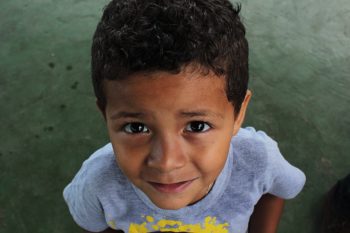
Blog
How Exercise Can Support a Child’s Emotional Health
Exercise and emotional health are more interrelated than many people realize. Just as emotional wellness promotes good physical health, keeping our bodies healthy can help

Exercise and emotional health are more interrelated than many people realize. Just as emotional wellness promotes good physical health, keeping our bodies healthy can help

Unfortunately, we live in a world where trauma happens. It might be a school shooting, a natural disaster, or a significant loss of a student,

One of the most profound gifts I’ve witnessed while working with The Imagine Project is watching a child’s face and body language shift from despair




Join our community to get the latest tips, exclusive offers, and updates straight to your inbox. Don’t miss out—subscribe now and be the first to know!